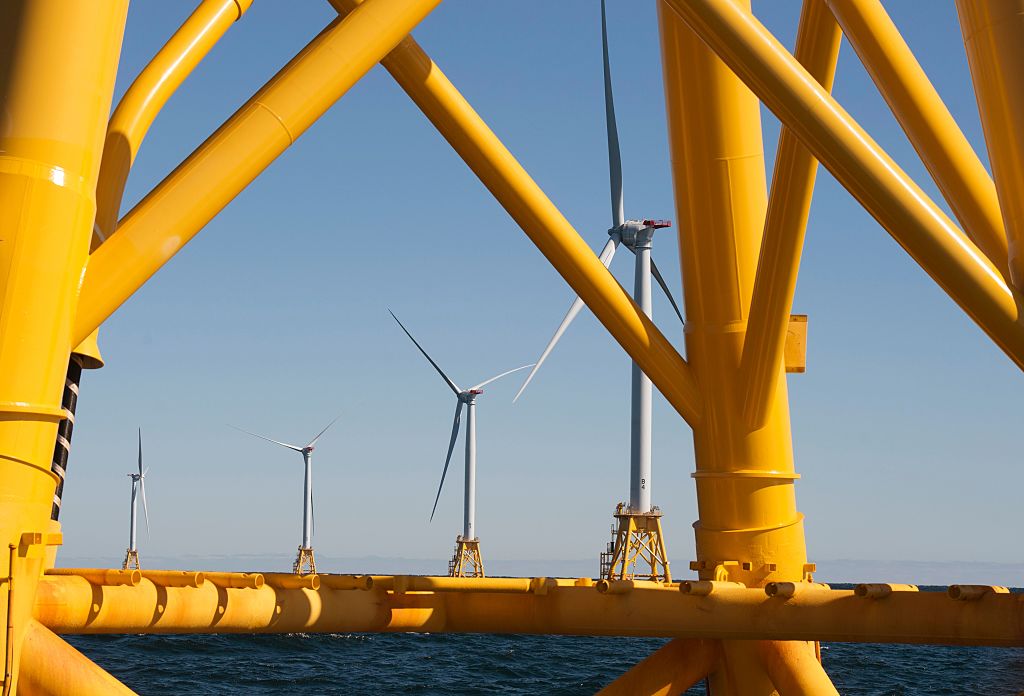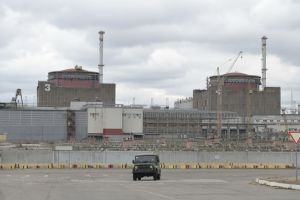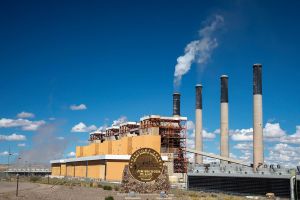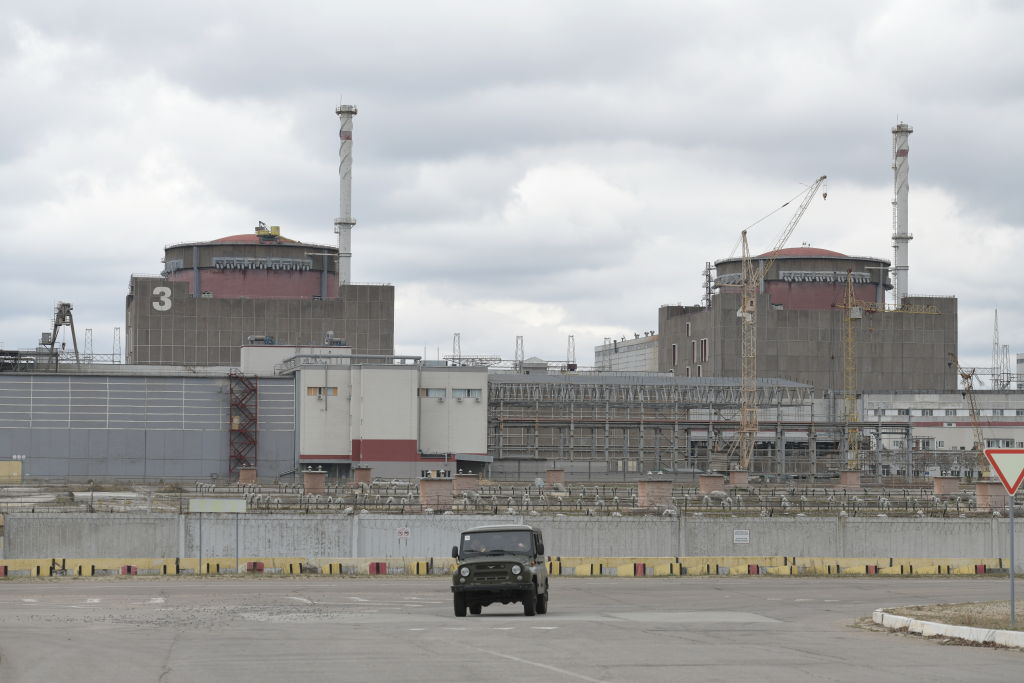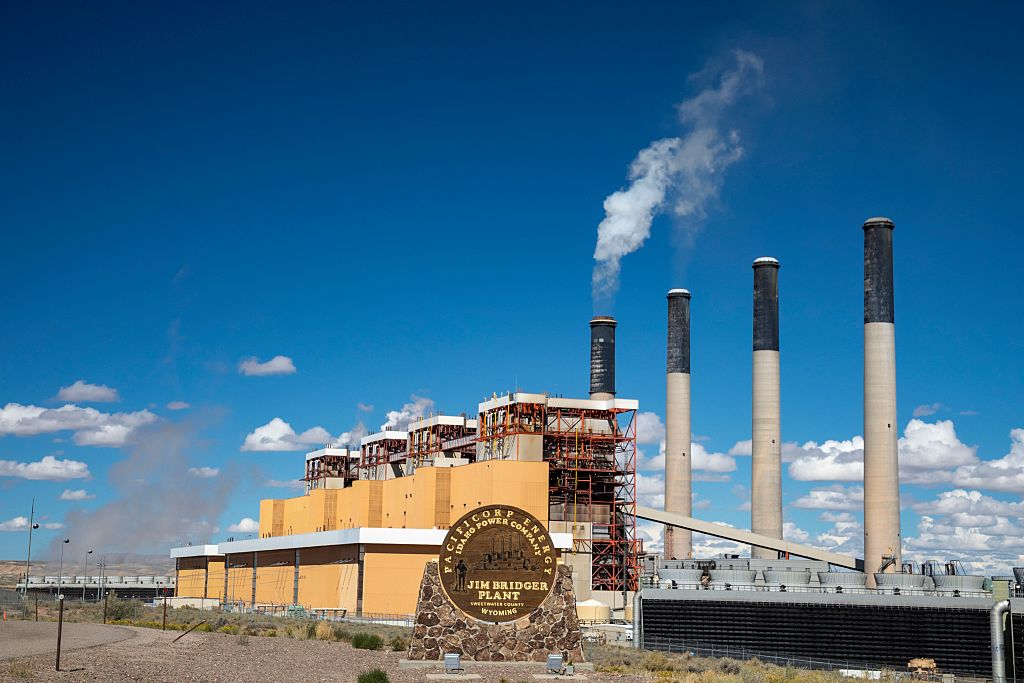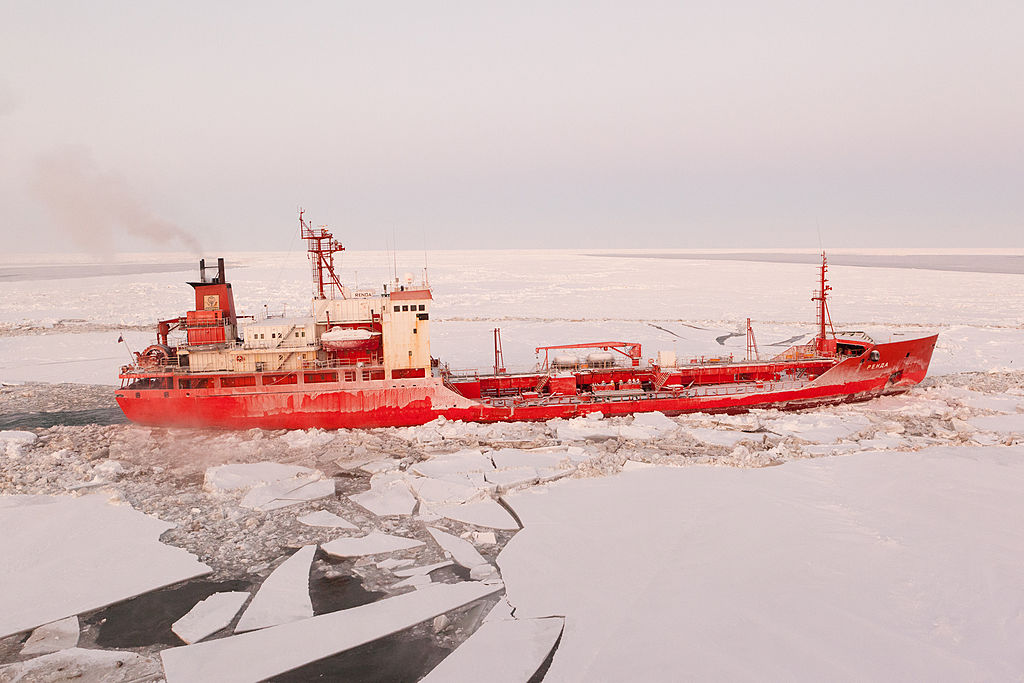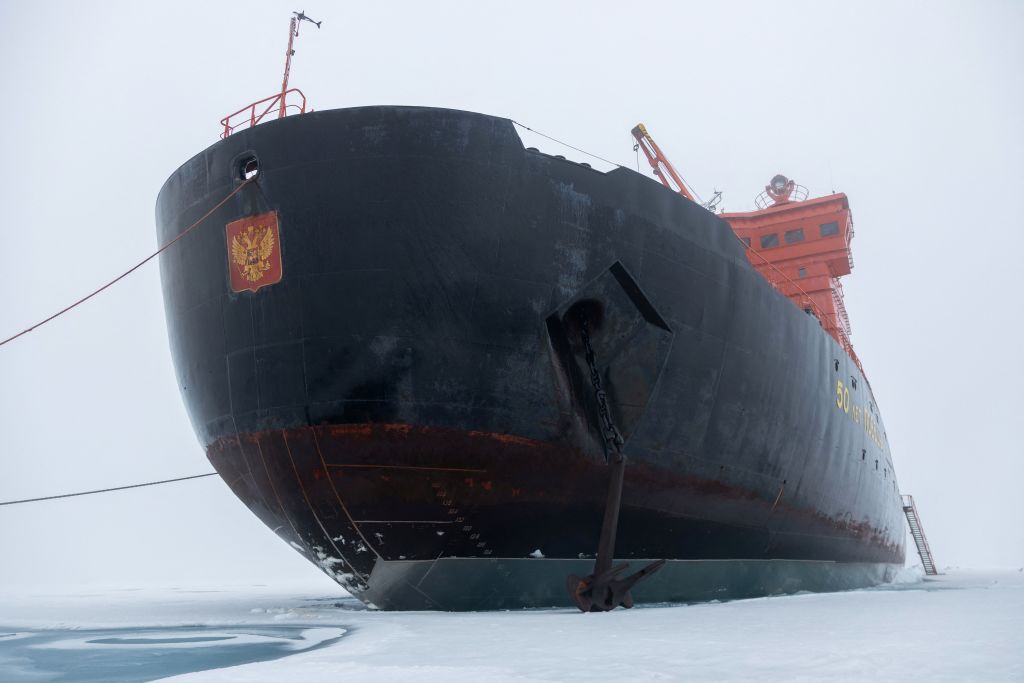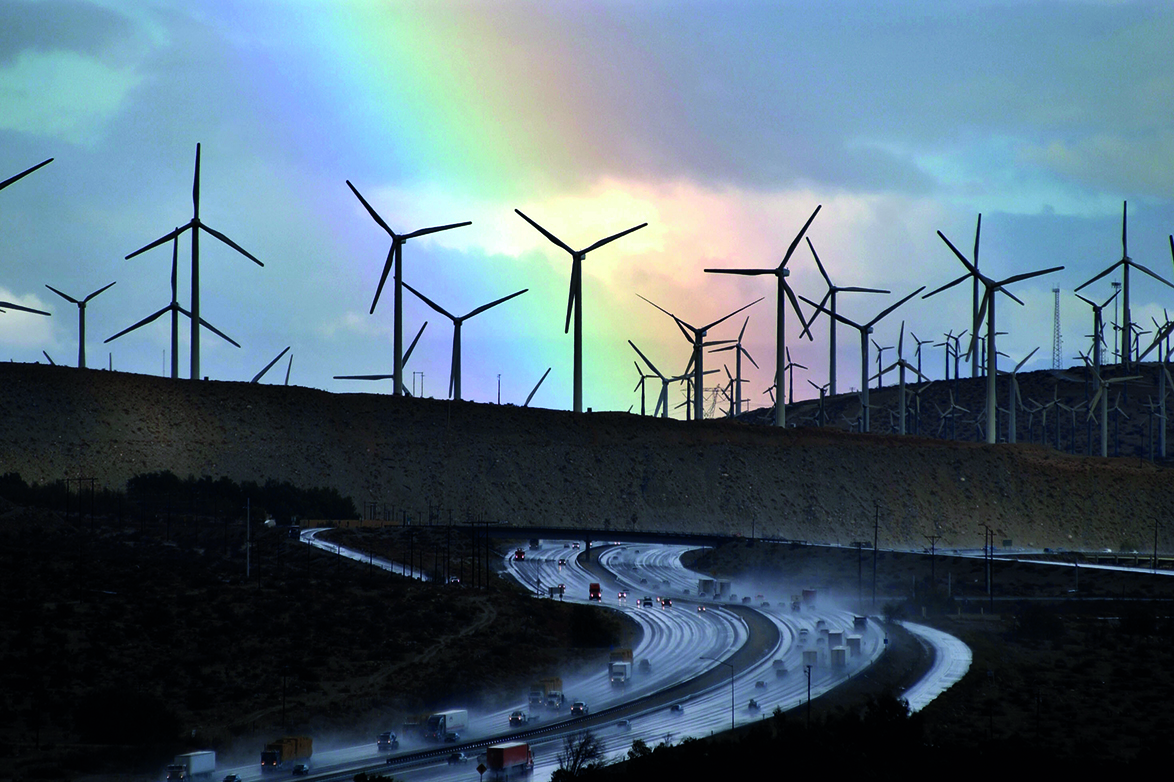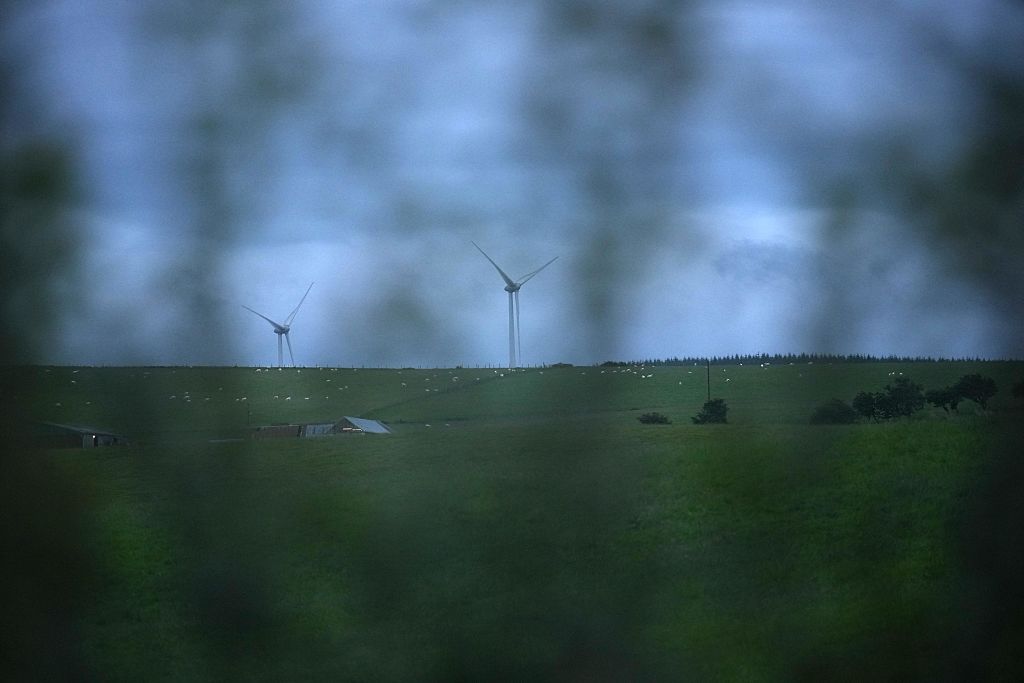After realizing that offshore wind turbines only supply about 2 percent of all US grid energy (and about 1 percent worldwide), the Biden administration has decided it needs a big push. It hasn’t cogitated that just maybe there’s a reason for this. There is: it’s called “physics.”
The administration’s goal is a lofty thirty gigawatts of offshore wind operating by 2030, compared to currently just forty-two megawatts of offshore wind from a grand total of seven turbines. A gigawatt is 1,000 megawatts so we’d have to increase output by about 700 times. By comparison, the largest US nuclear plant produces almost four gigawatts of power, while a Japanese one produces twice that. Hence, four nuclear plants could produce more energy than the entire Biden plan.
When it comes to what’s called “new sources of energy,” nothing but “concentrated solar power” (using mirrors or lenses) even comes close to the high price of offshore wind. Indeed, offshore is well over twice the price per kilowatt/hour of onshore, according to Our World in Data. The US Energy Information Administration, using a more expansive data set, finds offshore wind is almost ten times the price of natural-gas using combustion turbines.
But wait, isn’t wind free? Yes, but there’s a reason we no longer use sailing ships except for recreation. One problem is intermittency; the wind isn’t always blowing and actually it can sometimes blow too hard, requiring governors to slow turbines to prevent damage.
The intermittency problem socks both forms of wind as well as solar and means they will always need backup either from batteries (an added expense) or non-intermittent sources such as fossil fuels or nuclear.
Wind power prices, both onshore and offshore, have decreased as turbine size has increased and towers are taller (there’s faster wind higher up) and new units replace old ones. But it’s not nearly as cheap as the EIA would have us think.
You see, they use something called “levelized costs” that presumes that power sources, whether nuclear or wind or solar, last thirty years. And it’s simply a false assumption. One US nuke plant operated for forty-nine years and was only decommissioned because new safety rules designed to put nukes out of business did so. The nuclear plants that powered the USS Enterprise and were designed in the 1950s lasted the full fifty-two-year life of the ship, that was only decommissioned to make room for a more modern vessel. Nuclear plants are like cathedrals; with a bit of upkeep they can last essentially forever.
Not so wind farms. “A good quality, modern wind turbine will generally last for twenty years,” according to the industry itself. It notes this can be extended a few years, but that extension greatly increases costs. Thus, nuclear and other forms of energy are made to seem much more expensive, and wind much cheaper.
And as for those declining prices, damned if physics doesn’t come along yet again to spoil the party.
Yes, larger turbines produce more power but inevitably are heavier. Even if you come up with newer lighter materials this rule holds true. “Erecting a tall tower is no great problem; it’s quite another proposition, however, to engineer a tall tower that can support a [turbine] for many years of safe operation,” notes IEEE Spectrum. It puts a huge strain on everything beneath, from the pylons to anchoring turf. We may thus be approaching “peak blade.”
Meanwhile, those ever-growing blades can’t be efficiently recycled and those increasing numbers and bulk are ending up in landfills, sometimes called “wind turbine graveyards.” That doesn’t seem very green.
A disadvantage of all wind turbines is the wear and tear from fast-moving parts. Say what you will about “solar farms” but most panels in use are completely passive or have simple and gentle movement. Fossil fuel and nuclear plants all use steam turbines, but they are indoors and readily controlled. By definition, a wind turbine is exposed to the elements and that means such corrosion as in threaded couplings, welding joints and flanges — all of which can cause serious damage.
In competition against onshore wind, offshore has both advantages and disadvantages. First, the advantages. Offshore wind speeds are usually faster than on land. Small increases in wind speed yield large increases in energy production such that a turbine in a 15 mph wind can generate twice as much energy as one in a 12 mph wind. Offshore wind speeds tend to be steadier than on land, which increases reliability. Many coastal areas have very high energy needs. Half of the United States’ population lives in coastal areas.
And even the greenest of greens can get pretty NIMBY when it comes to “wind farms” because of the noise and the obstructed views. They can be noisy enough to disturb sleep. The Audubon Society has called them “Giant Cuisinarts for birds,” including bald and golden eagles. But it’s really bats that get shredded because they’re apparently drawn to the turbines as opposed to being in the wrong place at the wrong time. Offshore turbines will still kill birds, but at least not eagles and will only kill bats with boats. If far enough offshore they are both invisible from shore and inaudible.
There are also, of course, disadvantages. For one, it’s hard to build robust and secure wind farms in water deeper than around 200 feet, according to the American Geosciences Institute. While coastal waters off the US east coast of the US are relatively shallow, almost all of the potential wind energy resources off the west coast is deeper. Also wave action, and even very high winds, particularly during heavy storms or hurricanes, can damage wind turbines, says the AGI. Plus the production and installation of power cables under the seafloor to transmit electricity back to land can be very expensive.
Offshore suffers the worst corrosion because of water, especially salt water. Saline is the world’s most corrosive chemical, as I can personally attest having grown up in Illinois and my first car (at sixteen) being essentially a Flintstone-mobile. I could literally see the road beneath my feet.
Salt is hygroscopic, meaning it absorbs water from the air. This makes it possible for corrosion to occur at lower relative humidity levels and for longer periods of time than otherwise expected. It also increases water’s ability to carry a current and speeds up the corrosion process. Further, the chloride ions in salt can break down the protective oxide layer that forms on the surface of some metals.
But even freshwater turbines have special challenges from corrosion. Corrosion issues in offshore wind are a significant factor in the operations and maintenance costs, which are typically around 15-30 percent of the total lifecycle, Scottish Enterprise writes. This means offshore wind can only be competitive with subsidies or mandates (such as those requiring that gasoline requires a certain percentage of ethanol). But you can’t mandate something that essentially doesn’t exist, so that leaves subsidies.
Europe is the place to look for information on this. A study this year funded by the European Research Council, while noting that prices for both solar and wind (generally) have come down, says this must not be used as an excuse to cut subsidies. “For the two case studies of Germany and the Netherlands, we were able to show that discontinuing [subsidies] would slow the growth of wind power by up to 60 percent and the growth of solar power by as much as 35 percent,” it found, breaking academic form to declare: “That would not be good news!”
Particularly, it would affect “onshore wind and photovoltaic projects in Germany as well as offshore wind projects in both countries.”
So offshore wind can’t possibly succeed without subsidies, but the latest White House announcement makes no mention of such. It doesn’t have to. Back in March the Department of Energy announced it was prepared to provide $3 billion in loan guarantees for offshore wind — having already provided onshore wind with nearly $1.6 billion.
“$3 billion by itself would pay for only a fraction of the 30 GW of offshore wind capacity,” notes a consultancy service. “However, the confidence that could be inspired in the financial markets through judicious and successful deployment of these loan guarantees would have a multiplicative effect for offshore wind in the US…” Alchemy is real: it can convert fiberglass to gold. Back in 2014 Warren Buffet openly declared, “…on wind energy, we get a tax credit if we build a lot of wind farms. That’s the only reason to build them. They don’t make sense without the tax credit.” Using the levelized cost scheme, that’s no longer true of onshore wind. Offshore? Absolutely.
Yes, just as the robber barons of old employed incredible corruption for government support of such projects as railroads (such as issuing stock certificates to congressmen), you can bet some clever lobbyists were behind the Biden move and others will take advantage of it. But ya know? At least railroads are useful.
Michael Fumento has been an attorney, author and science journalist specializing in hysterias for over thirty-five years. His work has appeared in the New York Times, the Washington Post, the Sunday Times of London and the Atlantic.



